Full text
PDF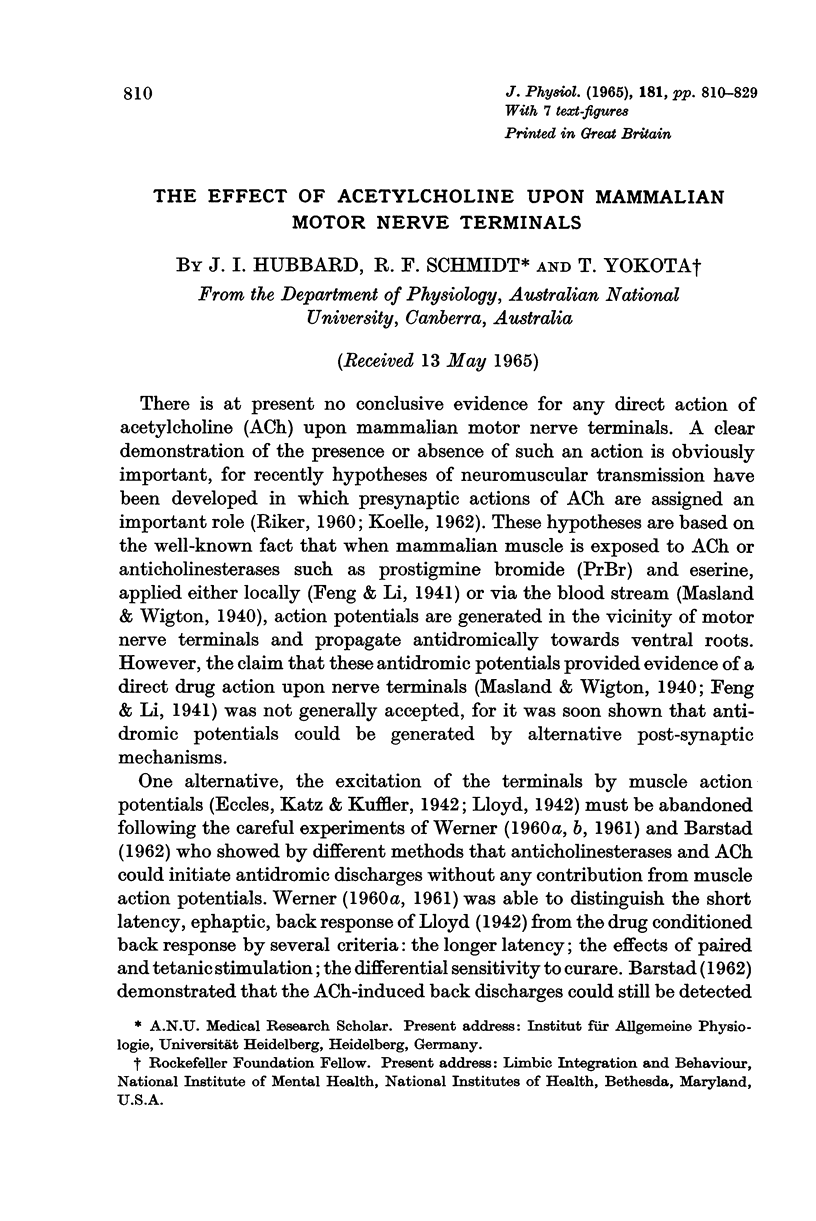
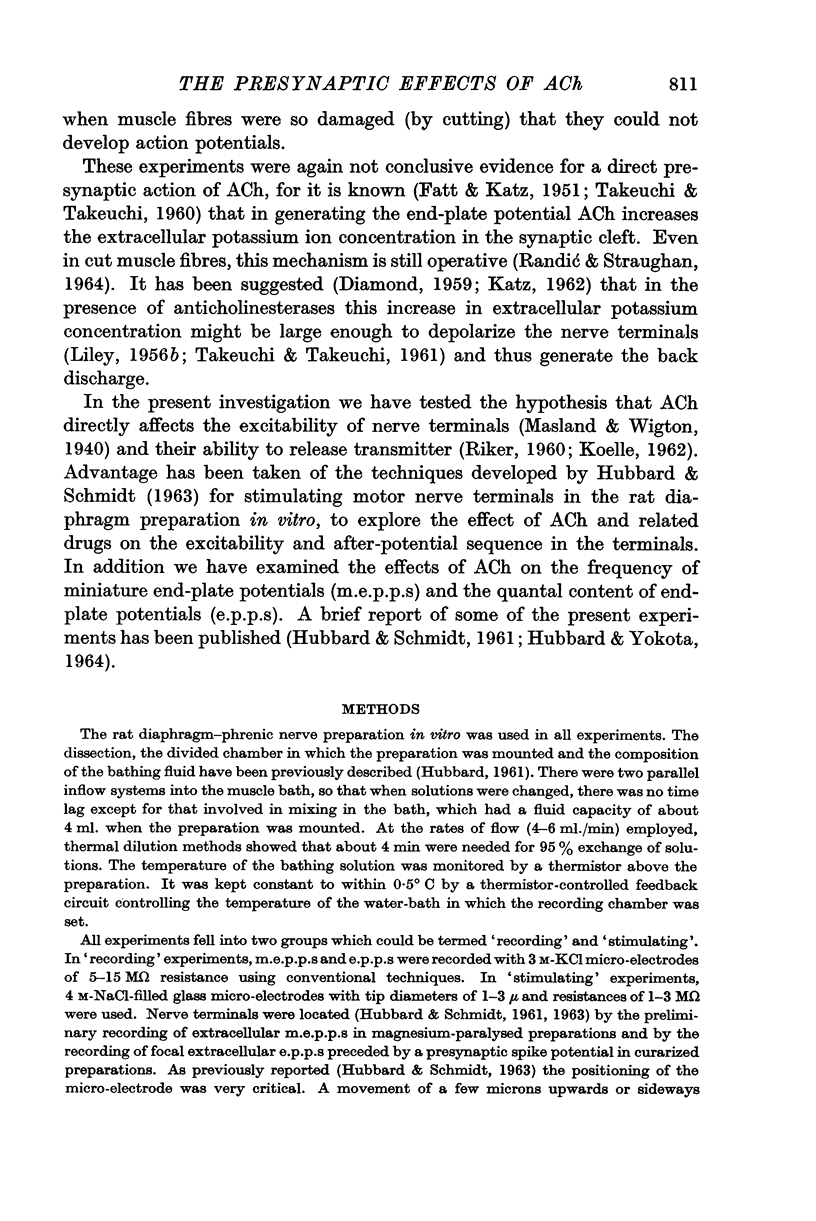
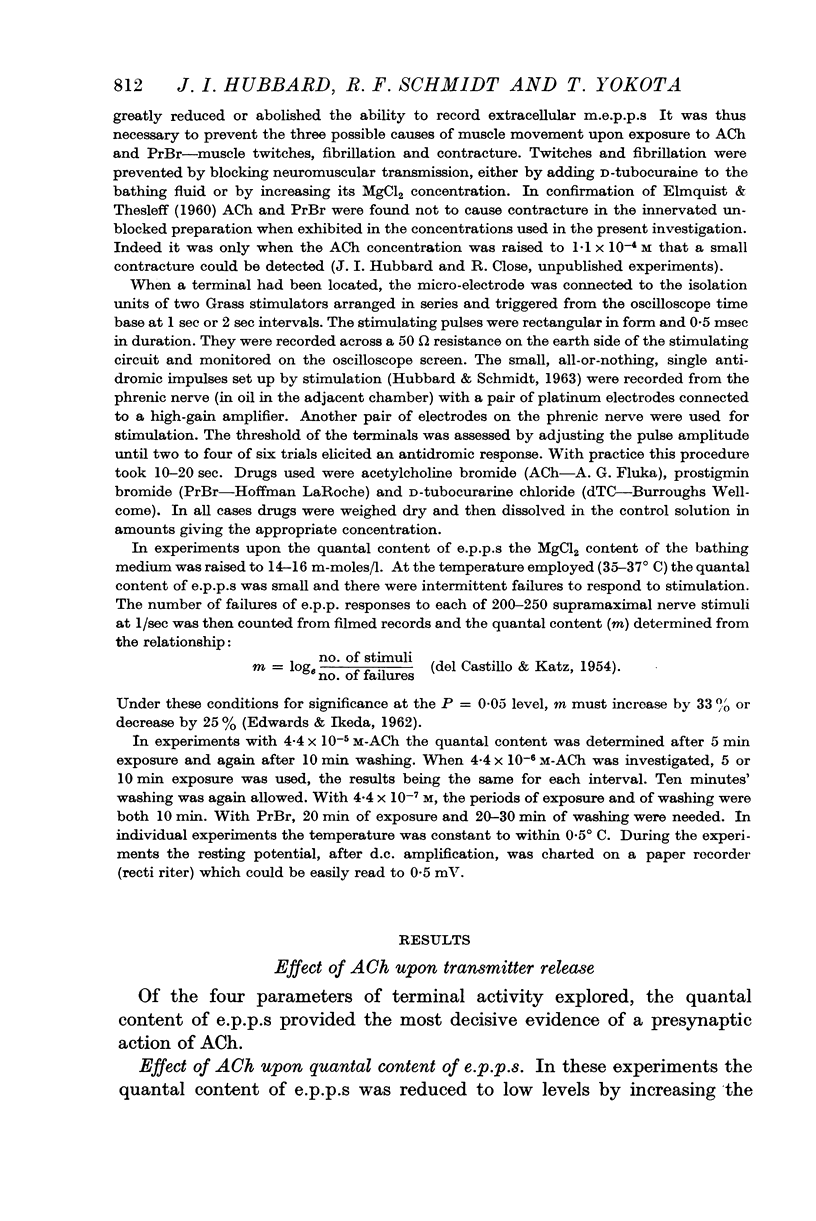
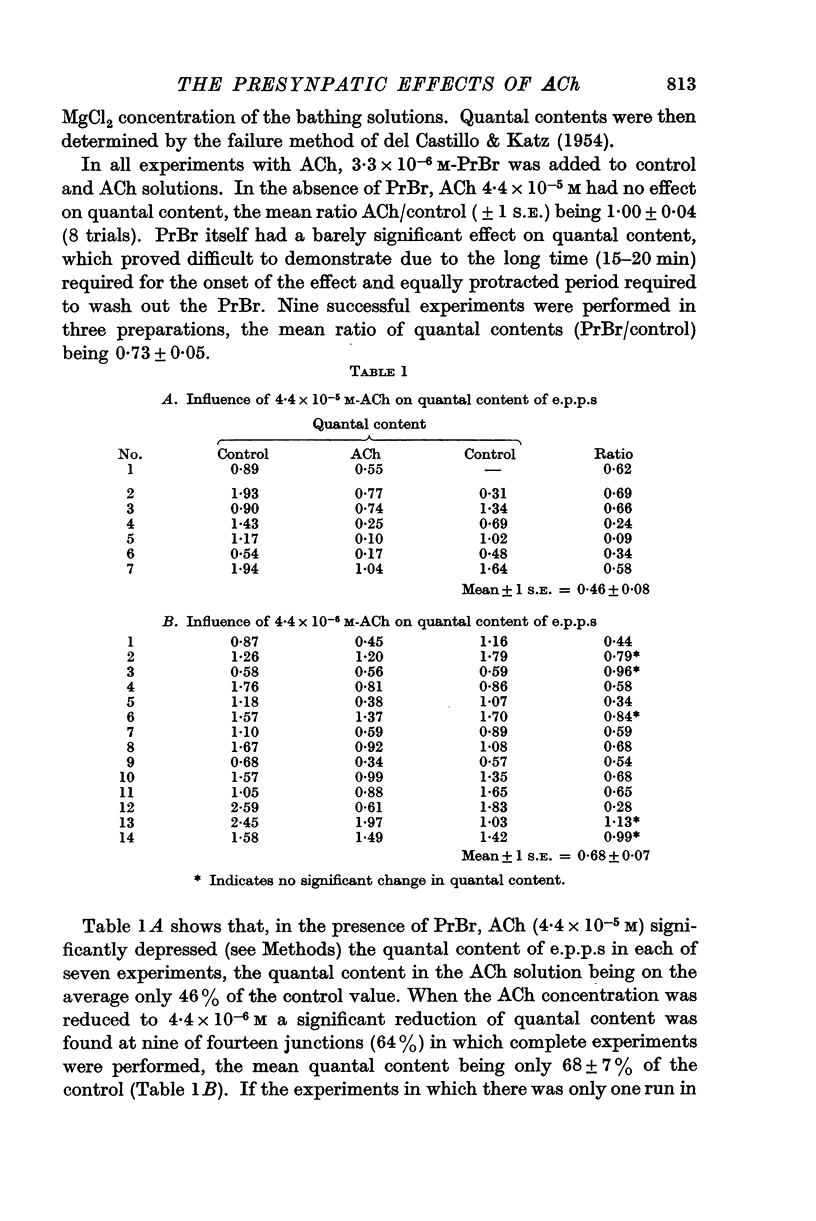
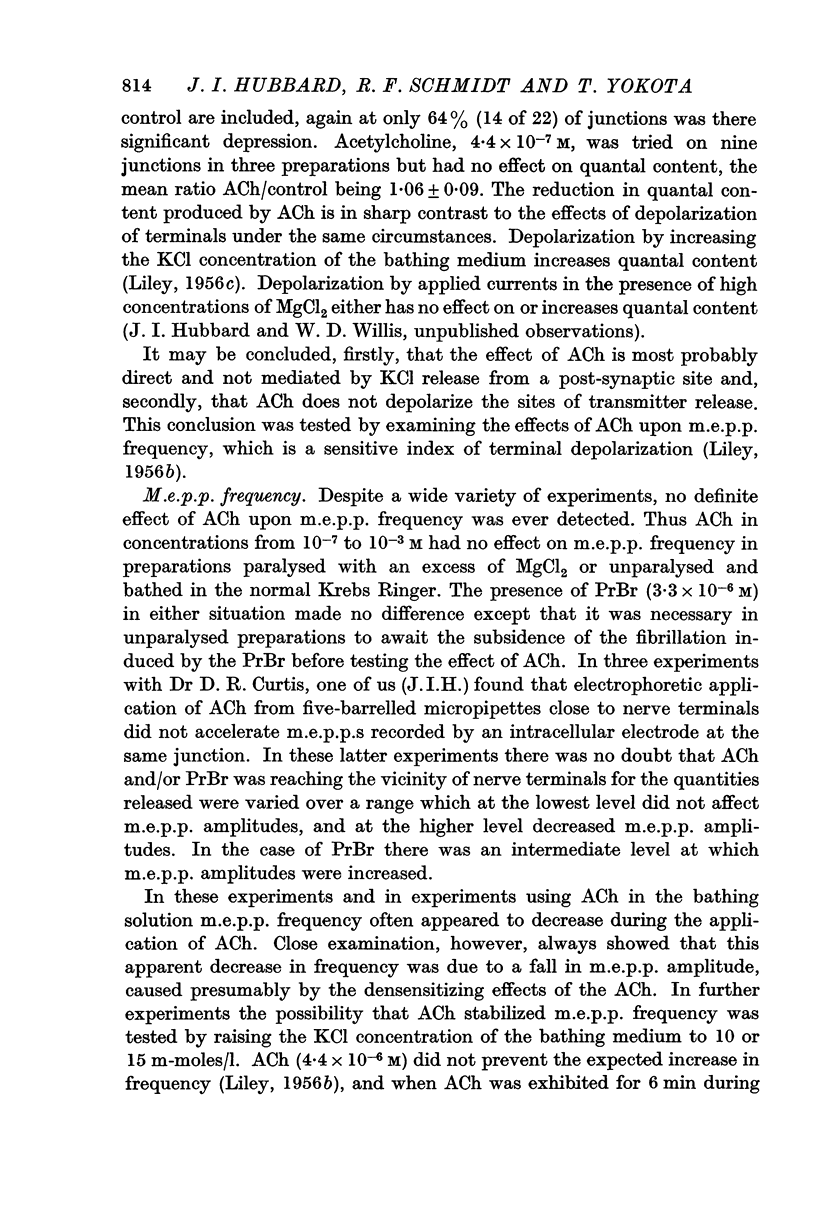
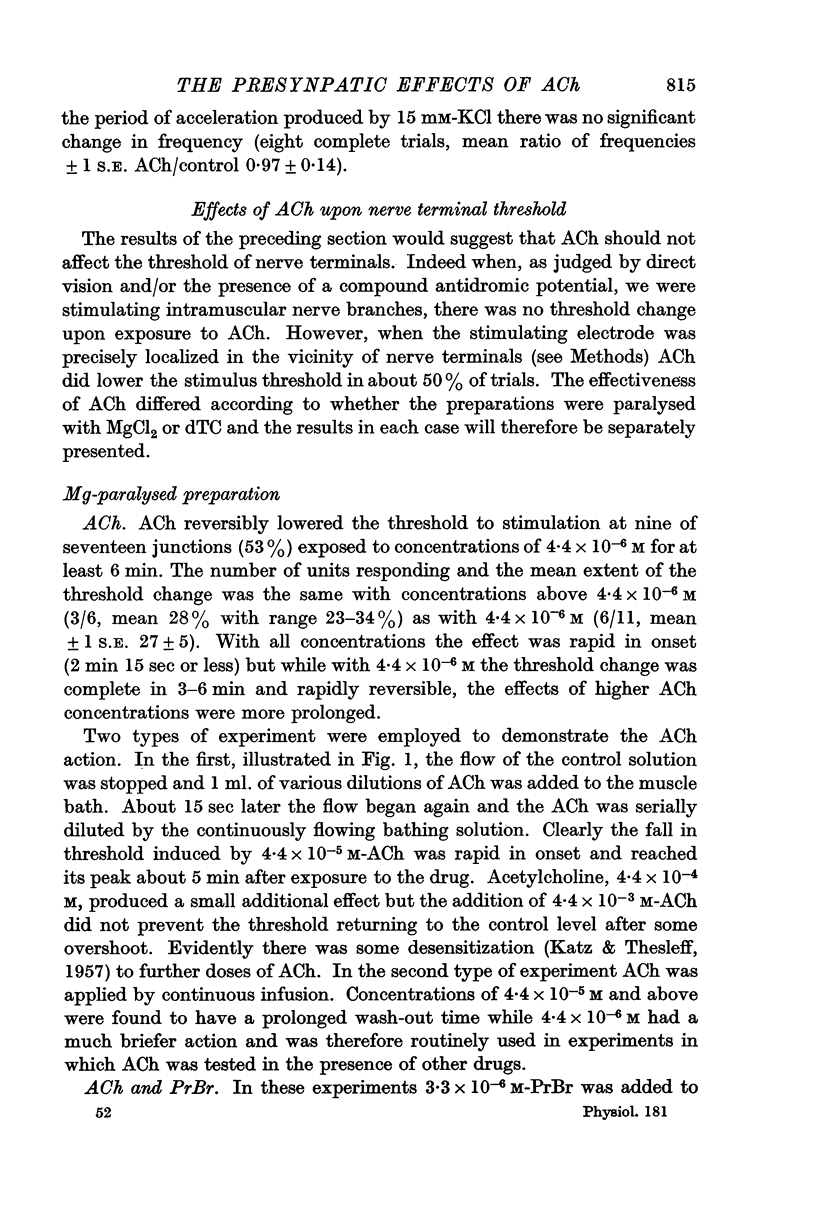
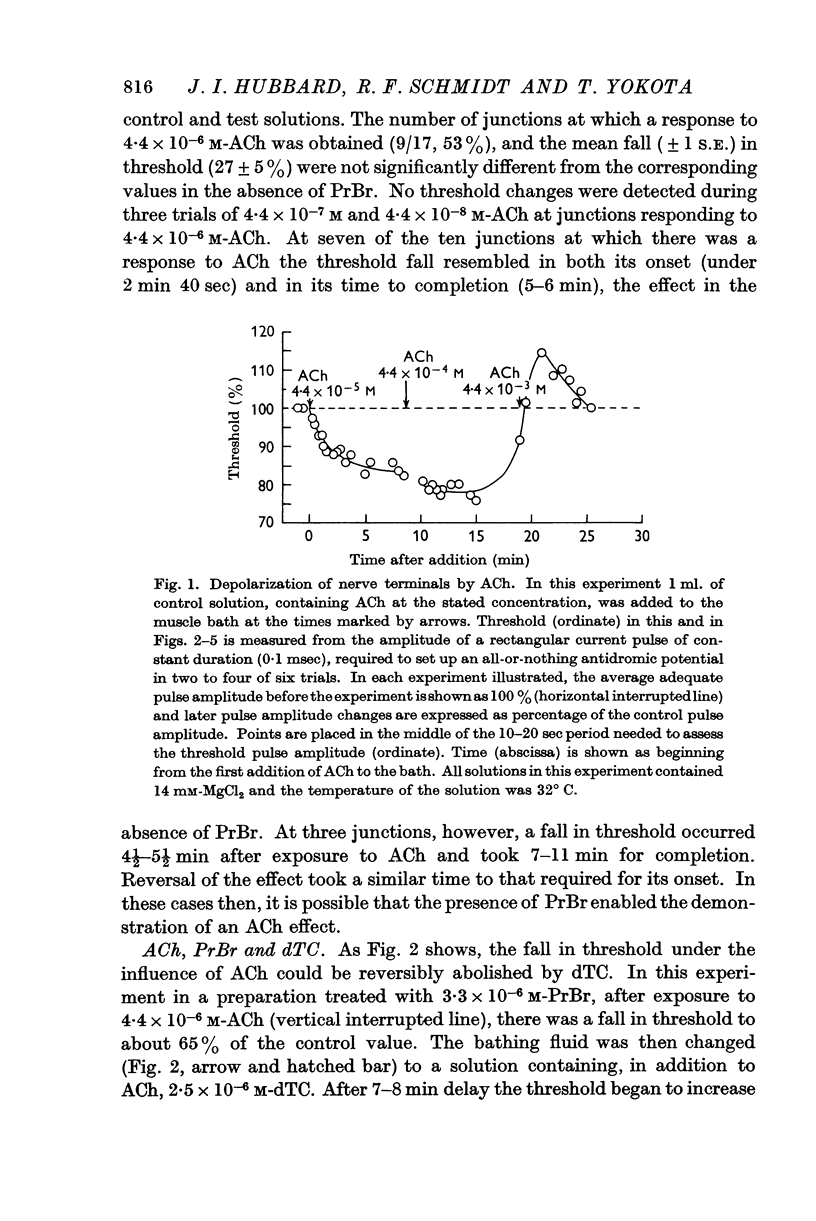
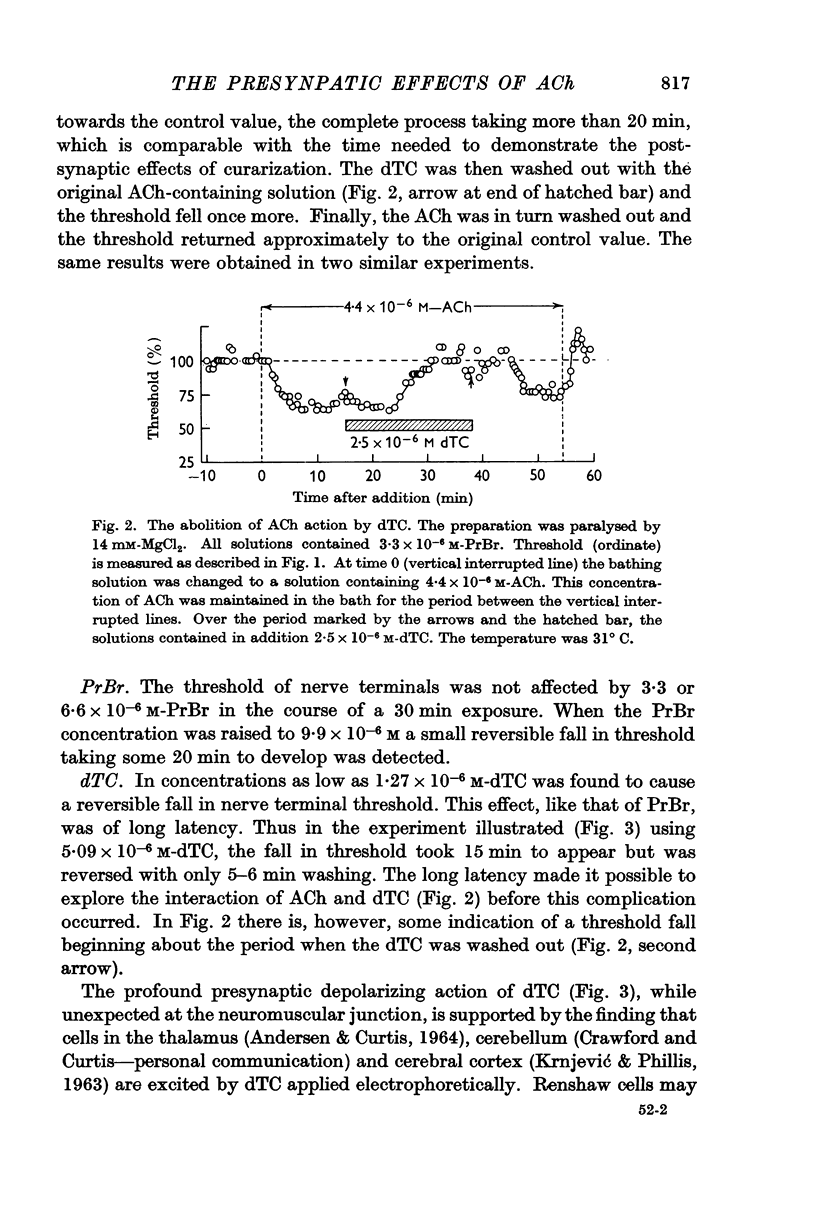
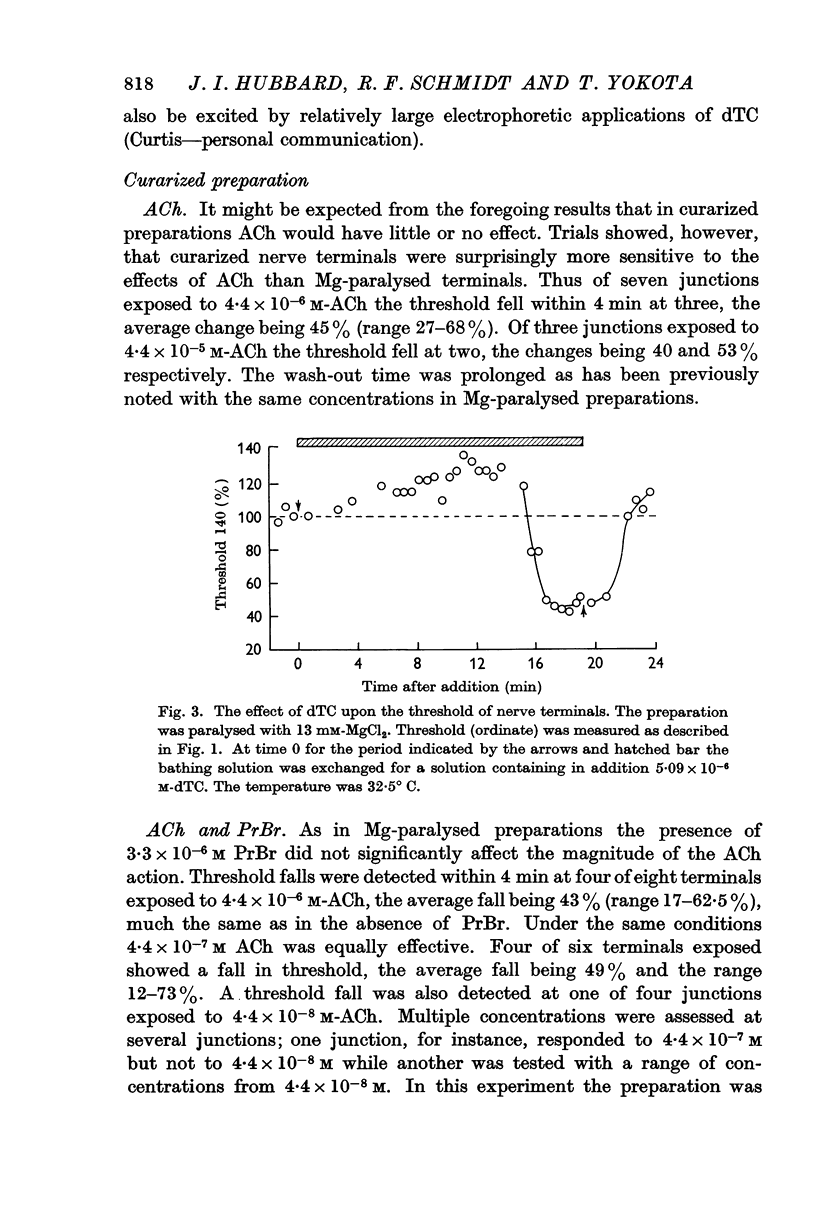
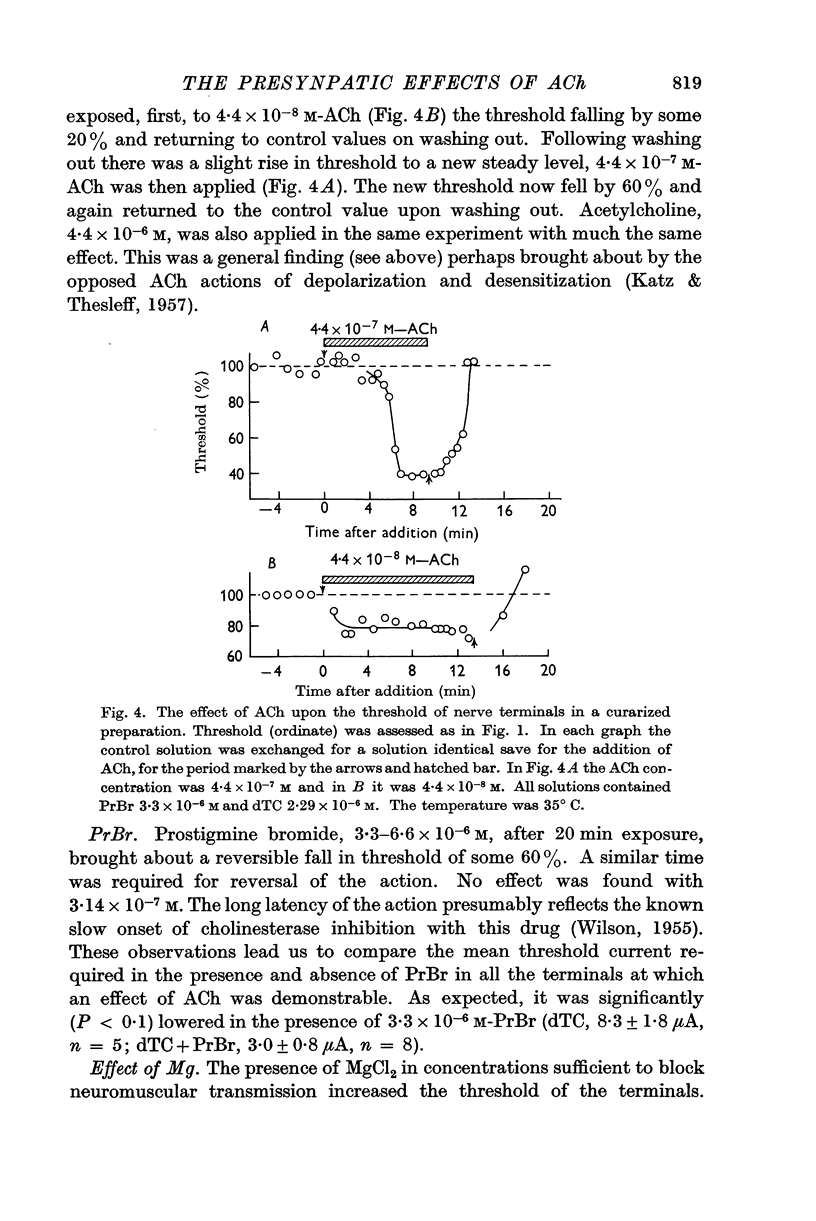
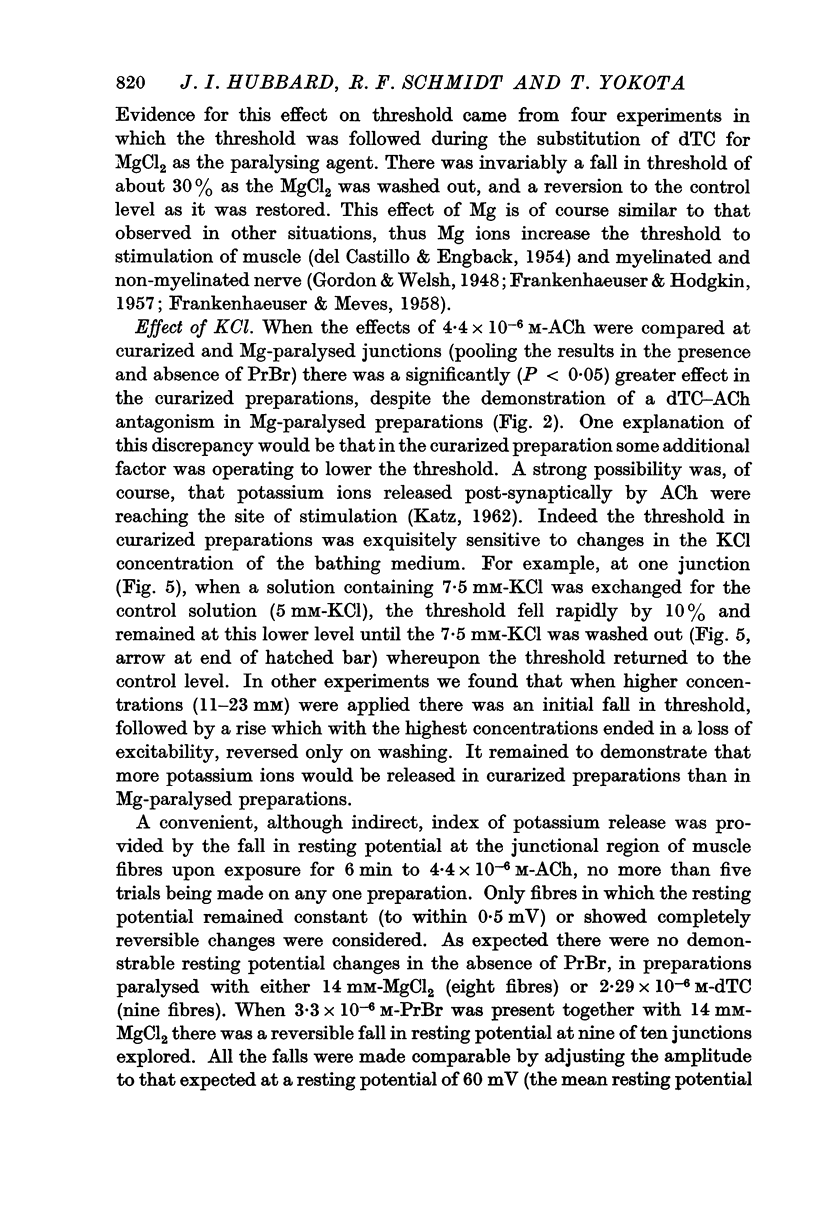
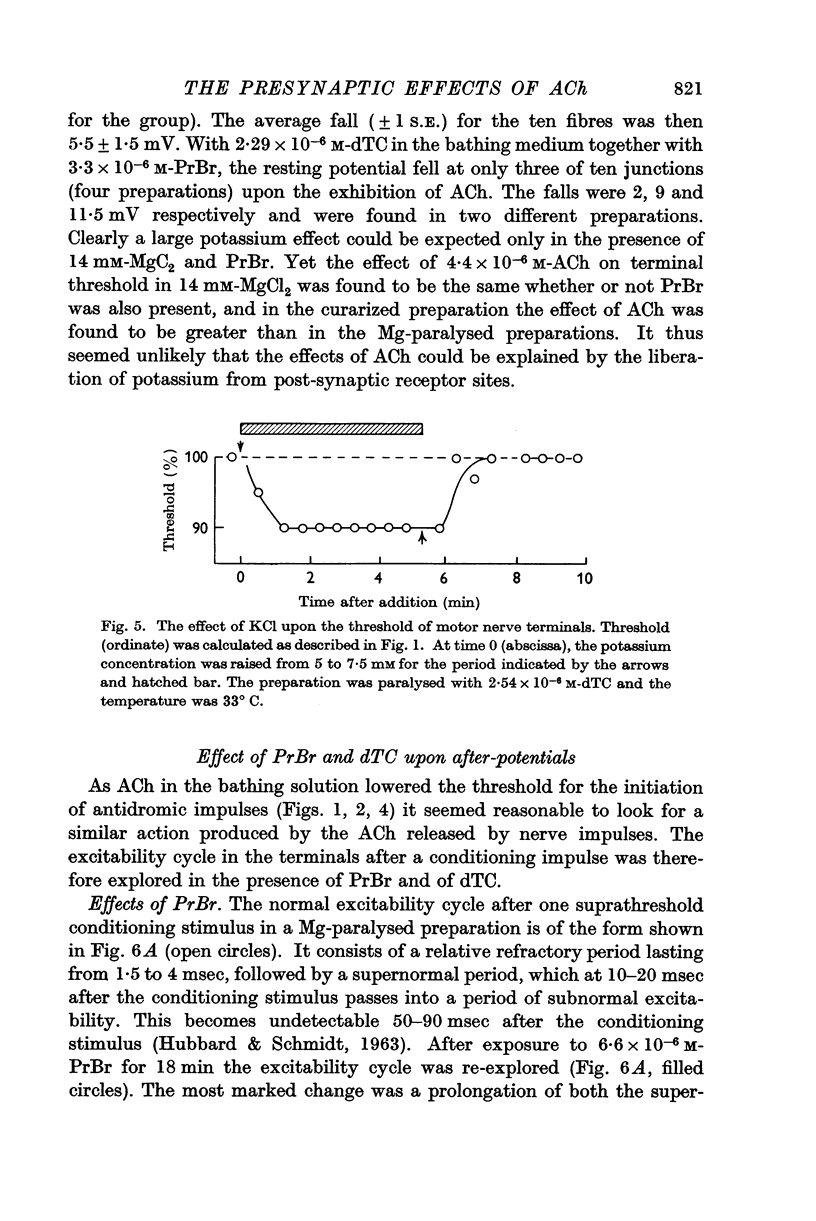
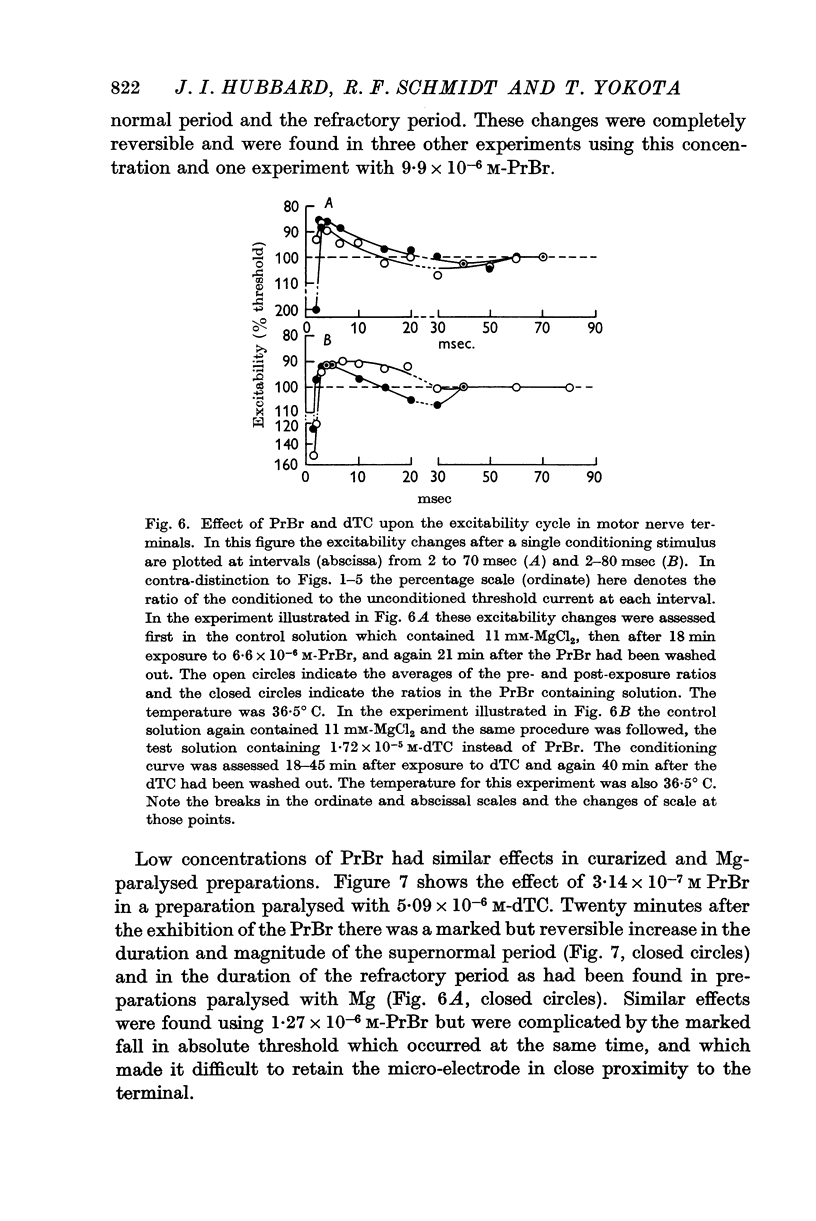
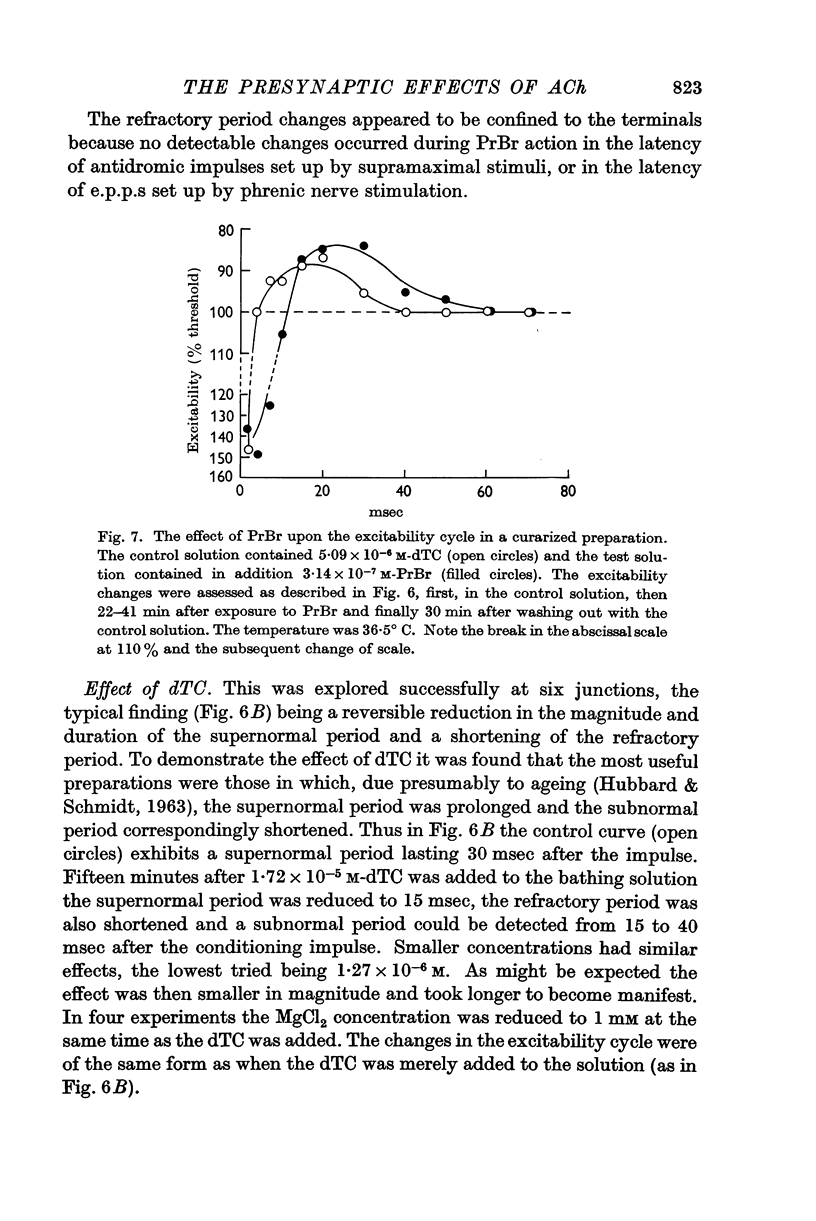
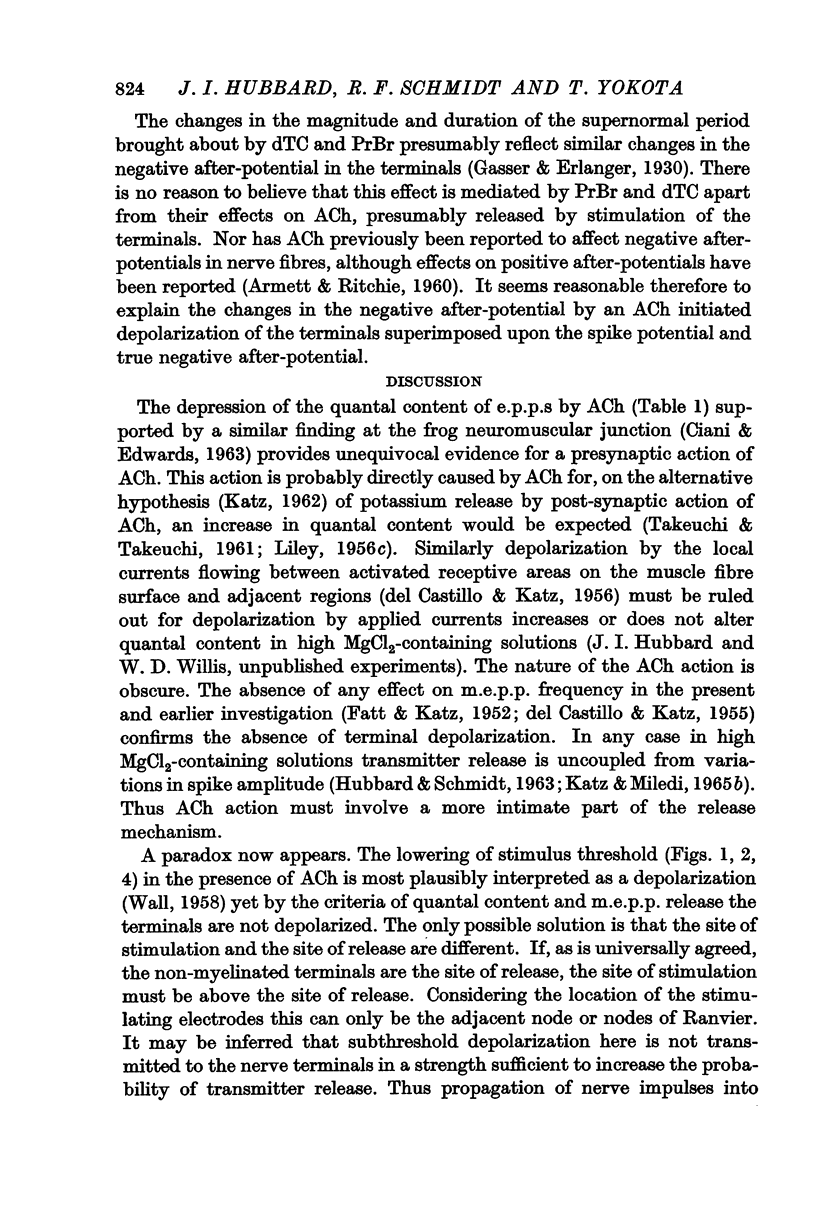
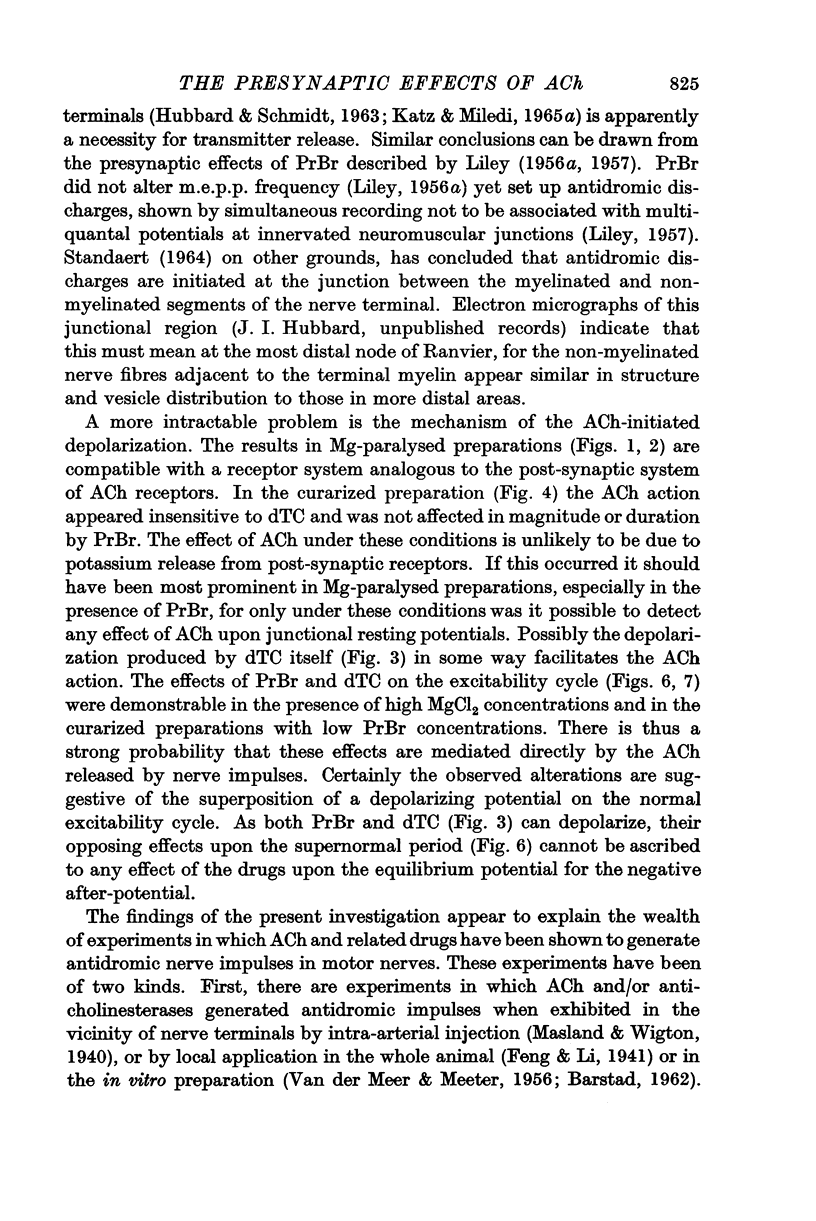
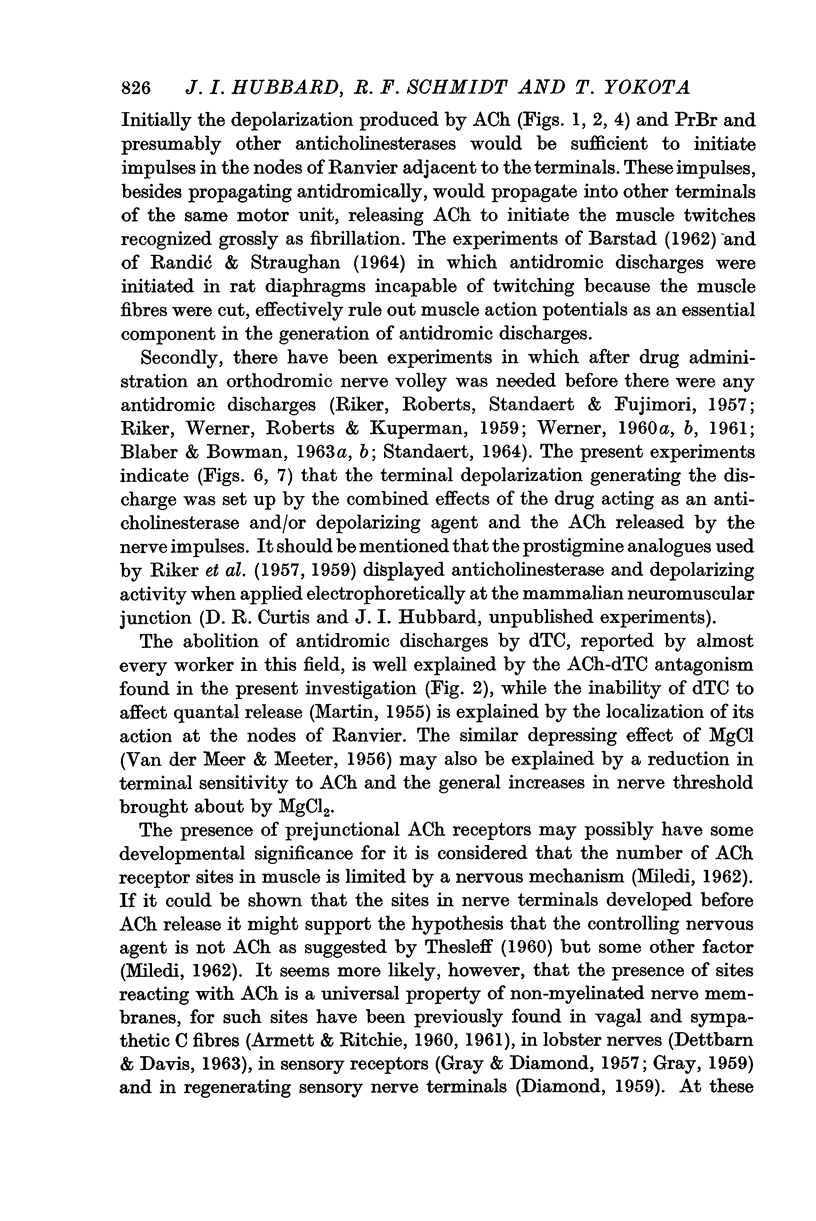
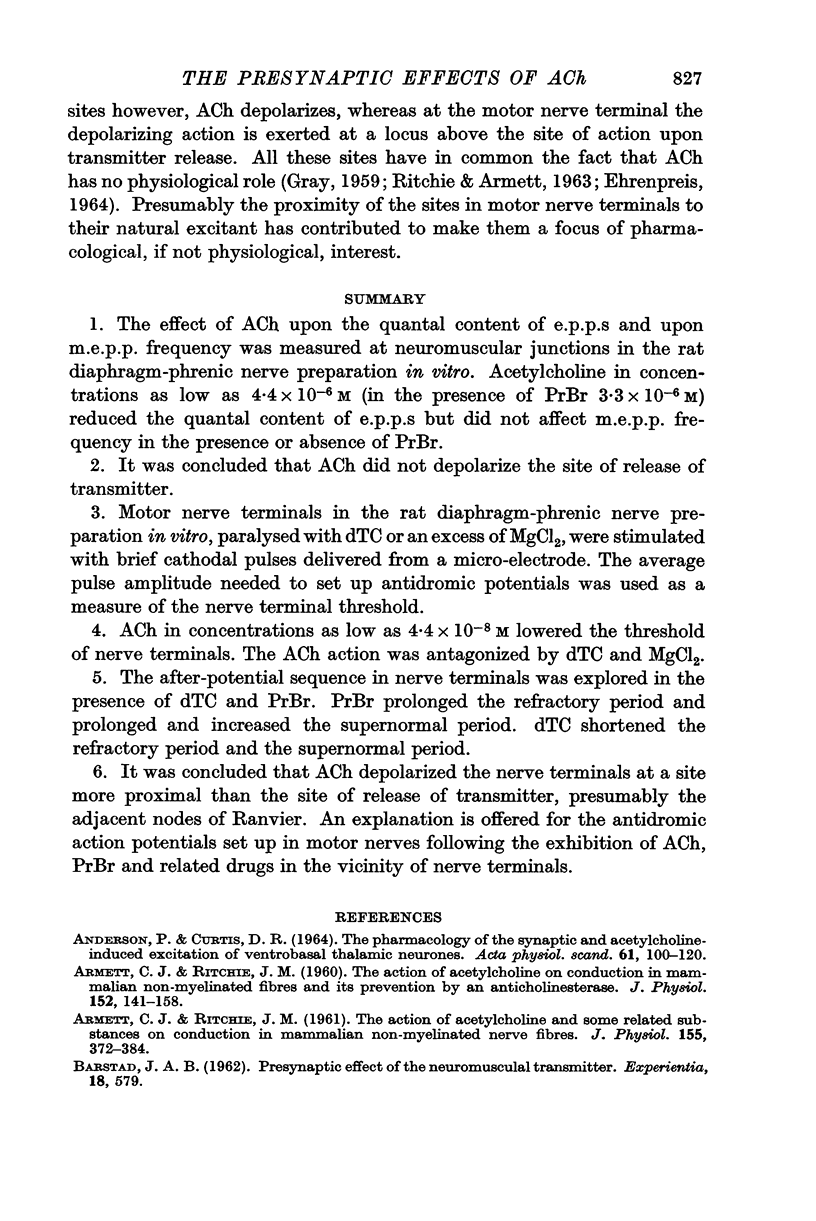
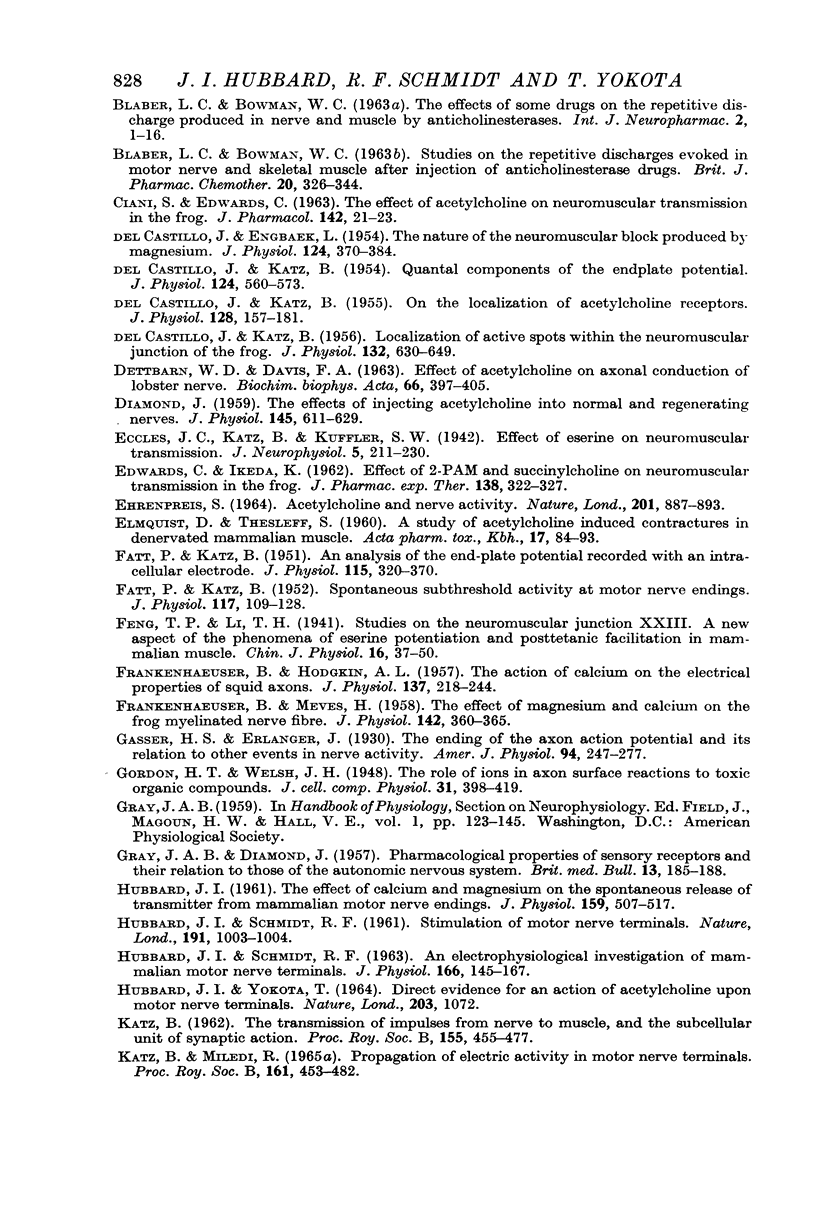
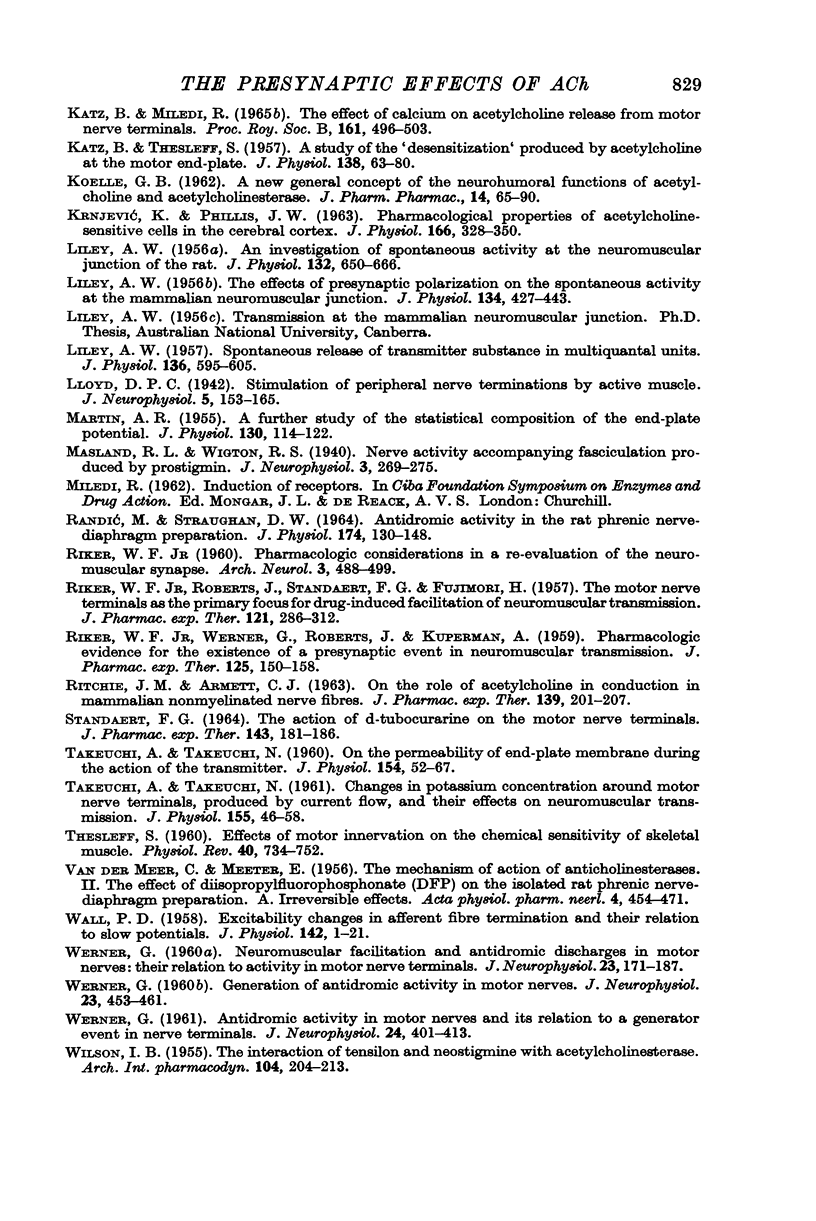
Selected References
These references are in PubMed. This may not be the complete list of references from this article.
- ARMETT C. J., RITCHIE J. M. The action of acetylcholine and some related substances on conduction in mammalian non-myelinated nerve fibres. J Physiol. 1961 Feb;155:372–384. doi: 10.1113/jphysiol.1961.sp006634. [DOI] [PMC free article] [PubMed] [Google Scholar]
- ARMETT C. J., RITCHIE J. M. The action of acetylcholine on conduction in mammalian non-myelinated fibres and its prevention by an anticholinesterase. J Physiol. 1960 Jun;152:141–158. doi: 10.1113/jphysiol.1960.sp006476. [DOI] [PMC free article] [PubMed] [Google Scholar]
- BARSTAD J. A. Presynaptic effect of the neuro-muscular transmitter. Experientia. 1962 Dec 15;18:579–580. doi: 10.1007/BF02172193. [DOI] [PubMed] [Google Scholar]
- BLABER L. C., BOWMAN W. C. Studies on the repetitive discharges evoked in motor nerve and skeletal muscle after injection of anticholinesterase drugs. Br J Pharmacol Chemother. 1963 Apr;20:326–344. doi: 10.1111/j.1476-5381.1963.tb01472.x. [DOI] [PMC free article] [PubMed] [Google Scholar]
- CIANI S., EDWARDS C. THE EFFECT OF ACETYLCHOLINE ON NEUROMUSCULAR TRANSMISSION IN THE FROG. J Pharmacol Exp Ther. 1963 Oct;142:21–23. [PubMed] [Google Scholar]
- DEL CASTILLO J., ENGBAEK L. The nature of the neuromuscular block produced by magnesium. J Physiol. 1954 May 28;124(2):370–384. doi: 10.1113/jphysiol.1954.sp005114. [DOI] [PMC free article] [PubMed] [Google Scholar]
- DEL CASTILLO J., KATZ B. Localization of active spots within the neuromuscular junction of the frog. J Physiol. 1956 Jun 28;132(3):630–649. doi: 10.1113/jphysiol.1956.sp005554. [DOI] [PMC free article] [PubMed] [Google Scholar]
- DEL CASTILLO J., KATZ B. On the localization of acetylcholine receptors. J Physiol. 1955 Apr 28;128(1):157–181. doi: 10.1113/jphysiol.1955.sp005297. [DOI] [PMC free article] [PubMed] [Google Scholar]
- DEL CASTILLO J., KATZ B. Quantal components of the end-plate potential. J Physiol. 1954 Jun 28;124(3):560–573. doi: 10.1113/jphysiol.1954.sp005129. [DOI] [PMC free article] [PubMed] [Google Scholar]
- DETTBARN W. D., DAVIS F. A. Effects of acetylcholine on axonal conduction of lobster nerve. Biochim Biophys Acta. 1963 May 21;66:397–405. doi: 10.1016/0006-3002(63)91208-3. [DOI] [PubMed] [Google Scholar]
- DIAMOND J. The effects of injecting acetylcholine into normal and regenerating nerves. J Physiol. 1959 Mar 12;145(3):611–629. doi: 10.1113/jphysiol.1959.sp006166. [DOI] [PMC free article] [PubMed] [Google Scholar]
- EHRENPREIS S. ACETYLCHOLINE AND NERVE ACTIVITY. Nature. 1964 Feb 29;201:887–893. doi: 10.1038/201887a0. [DOI] [PubMed] [Google Scholar]
- ELMQVIST D., THESLEFF S. A study of acetylcholine induced contractures in denervated mammalian muscle. Acta Pharmacol Toxicol (Copenh) 1960;17:84–93. doi: 10.1111/j.1600-0773.1960.tb01232.x. [DOI] [PubMed] [Google Scholar]
- FATT P., KATZ B. An analysis of the end-plate potential recorded with an intracellular electrode. J Physiol. 1951 Nov 28;115(3):320–370. doi: 10.1113/jphysiol.1951.sp004675. [DOI] [PMC free article] [PubMed] [Google Scholar]
- FATT P., KATZ B. Spontaneous subthreshold activity at motor nerve endings. J Physiol. 1952 May;117(1):109–128. [PMC free article] [PubMed] [Google Scholar]
- FRANKENHAEUSER B., HODGKIN A. L. The action of calcium on the electrical properties of squid axons. J Physiol. 1957 Jul 11;137(2):218–244. doi: 10.1113/jphysiol.1957.sp005808. [DOI] [PMC free article] [PubMed] [Google Scholar]
- FRANKENHAEUSER B., MEVES H. The effect of magnesium and calcium on the frog myelinated nerve fibre. J Physiol. 1958 Jul 14;142(2):360–365. doi: 10.1113/jphysiol.1958.sp006022. [DOI] [PMC free article] [PubMed] [Google Scholar]
- GRAY J. A., DIAMOND J. Pharmacological properties of sensory receptors and their relation to those of the autonomic nervous system. Br Med Bull. 1957 Sep;13(3):185–188. doi: 10.1093/oxfordjournals.bmb.a069611. [DOI] [PubMed] [Google Scholar]
- HUBBARD J. I., SCHMIDT R. F. An electrophysiological investigation of mammalian motor nerve terminals. J Physiol. 1963 Apr;166:145–167. doi: 10.1113/jphysiol.1963.sp007096. [DOI] [PMC free article] [PubMed] [Google Scholar]
- HUBBARD J. I. The effect of calcium and magnesium on the spontaneous release of transmitter from mammalian motor nerve endings. J Physiol. 1961 Dec;159:507–517. doi: 10.1113/jphysiol.1961.sp006824. [DOI] [PMC free article] [PubMed] [Google Scholar]
- HUBBARD J. I., YOKOTA T. DIRECT EVIDENCE FOR AN ACTION OF ACETYLCHOLINE ON MOTOR-NERVE TERMINALS. Nature. 1964 Sep 5;203:1072–1073. doi: 10.1038/2031072b0. [DOI] [PubMed] [Google Scholar]
- KATZ B., MILEDI R. PROPAGATION OF ELECTRIC ACTIVITY IN MOTOR NERVE TERMINALS. Proc R Soc Lond B Biol Sci. 1965 Feb 16;161:453–482. doi: 10.1098/rspb.1965.0015. [DOI] [PubMed] [Google Scholar]
- KATZ B., MILEDI R. THE EFFECT OF CALCIUM ON ACETYLCHOLINE RELEASE FROM MOTOR NERVE TERMINALS. Proc R Soc Lond B Biol Sci. 1965 Feb 16;161:496–503. doi: 10.1098/rspb.1965.0017. [DOI] [PubMed] [Google Scholar]
- KATZ B., THESLEFF S. A study of the desensitization produced by acetylcholine at the motor end-plate. J Physiol. 1957 Aug 29;138(1):63–80. doi: 10.1113/jphysiol.1957.sp005838. [DOI] [PMC free article] [PubMed] [Google Scholar]
- KOELLE G. B. A new general concept of the neurohumoral functions of acetylcholine and acetylcholinesterase. J Pharm Pharmacol. 1962 Feb;14:65–90. doi: 10.1111/j.2042-7158.1962.tb11057.x. [DOI] [PubMed] [Google Scholar]
- LILEY A. W. An investigation of spontaneous activity at the neuromuscular junction of the rat. J Physiol. 1956 Jun 28;132(3):650–666. doi: 10.1113/jphysiol.1956.sp005555. [DOI] [PMC free article] [PubMed] [Google Scholar]
- LILEY A. W. Spontaneous release of transmitter substance in multiquantal units. J Physiol. 1957 May 23;136(3):595–605. doi: 10.1113/jphysiol.1957.sp005784. [DOI] [PMC free article] [PubMed] [Google Scholar]
- MARTIN A. R. A further study of the statistical composition on the end-plate potential. J Physiol. 1955 Oct 28;130(1):114–122. doi: 10.1113/jphysiol.1955.sp005397. [DOI] [PMC free article] [PubMed] [Google Scholar]
- RIKER W. F., Jr Pharmacologic considerations in a reevaluation of the neuromuscular synapse. Arch Neurol. 1960 Nov;3:488–499. doi: 10.1001/archneur.1960.00450050008003. [DOI] [PubMed] [Google Scholar]
- RIKER W. F., Jr, ROBERTS J., STANDAERT F. G., FUJIMORI H. The motor nerve terminal as the primary focus for drug-in-duced facilitation of neuromuscular transmission. J Pharmacol Exp Ther. 1957 Nov;121(3):286–312. [PubMed] [Google Scholar]
- RIKER W. F., Jr, WERNER G., ROBERTS J., KUPERMAN A. Pharmacologic evidence for the existence of a presynaptic event in neuromuscular transmission. J Pharmacol Exp Ther. 1959 Feb;125(2):150–158. [PubMed] [Google Scholar]
- RITCHIE J. M., ARMETT C. J. The role of acetylcholine in conduction in mammalian nonmyelinated nerve fibers. J Pharmacol Exp Ther. 1963 Feb;139:201–207. [PubMed] [Google Scholar]
- STANDAERT F. G. THE ACTION OF D-TUBOCURARINE ON THE MOTOR NERVE TERMINAL. J Pharmacol Exp Ther. 1964 Feb;143:181–186. [PubMed] [Google Scholar]
- TAKEUCHI A., TAKEUCHI N. Changes in potassium concentration around motor nerve terminals, produced by current flow, and their effects on neuromuscular transmission. J Physiol. 1961 Jan;155:46–58. doi: 10.1113/jphysiol.1961.sp006612. [DOI] [PMC free article] [PubMed] [Google Scholar]
- TAKEUCHI A., TAKEUCHI N. On the permeability of end-plate membrane during the action of transmitter. J Physiol. 1960 Nov;154:52–67. doi: 10.1113/jphysiol.1960.sp006564. [DOI] [PMC free article] [PubMed] [Google Scholar]
- THESLEFF S. Effects of motor innervation on the chemical sensitivity of skeletal muscle. Physiol Rev. 1960 Oct;40:734–752. doi: 10.1152/physrev.1960.40.4.734. [DOI] [PubMed] [Google Scholar]
- VAN DER MEER C., MEETER E. The mechanism of action of anticholinesterases. II. The effect of diisopropylfluorophosphonate (DFP) on the isolated rat phrenic nervediaphragm preparation. A. Irreversible effects. Acta Physiol Pharmacol Neerl. 1956 Mar;4(4):454–471. [PubMed] [Google Scholar]
- WERNER G. Antidromic activity in motor nerves and its relation to a generator event in nerve terminals. J Neurophysiol. 1961 Jul;24:401–413. doi: 10.1152/jn.1961.24.4.401. [DOI] [PubMed] [Google Scholar]
- WERNER G. Generation of antidromic activity in motor nerves. J Neurophysiol. 1960 Jul;23:453–461. doi: 10.1152/jn.1960.23.4.453. [DOI] [PubMed] [Google Scholar]
- WERNER G. Neuromuscular facilitation and antidromic discharges in motor nerves: their relation to activity in motor nerve terminals. J Neurophysiol. 1960 Mar;23:171–187. doi: 10.1152/jn.1960.23.2.171. [DOI] [PubMed] [Google Scholar]
- WILSON I. B. The interaction of tensilon and neostigmine with acetylcholinesterase. Arch Int Pharmacodyn Ther. 1955 Dec 1;104(2):204–213. [PubMed] [Google Scholar]
- Wall P. D. Excitability changes in afferent fibre terminations and their relation to slow potentials. J Physiol. 1958 Jun 18;142(1):i3–21. [PMC free article] [PubMed] [Google Scholar]


